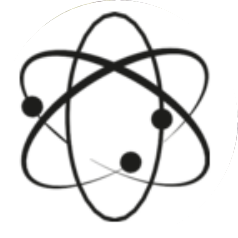共用题干 第三篇Small but WiseOn December 14,NASA blasted a small but mighty telescope into space.The telescope is called WISE and is about as wide around as a trashcan.Don't let its small size fool you:WISE has a powerful digital camera,and it will be taking pictures of some of the wildest objects in the known universe,including asteroids,faint stars,blazing galaxies and giant clouds of dust where planets and stars are born."I'm very excited because we're going to be seeing parts of the universe that we haven't seen be- fore,"said Ned Wright,a scientist who directs the WISE project.Since arriving in space,the WISE telescope has been circling the Earth,held by gravity in a polar orbit (this means it crosses close to the north and south poles with each lap).Its camera is pointed outward,awayfrom the Earth,and WISE will snap a picture of a different part of the sky every 11 minutes.After six months it will have taken pictures across the entire sky.The pictures taken by WISE won't be like everyday digital photographs,however. WISE stands for "Wide-field Infrared Survey Explorer".As its name suggests,the WISE camera takes pictures of features that give off infrared radiation.Radiation is energy that travels as a wave.Visible light,including the familiar spectrum of light that be- comes visible in a rainbow,is an example of radiation.When an ordinary digital camera takes a picture of a tree,for example,it receives the waves of visible light that are reflected off the tree.When these waves enter the camera through the lens,they're processed by the camera,which then puts the image together.Waves of infrared radiation are longer than waves of visible light,so ordinary digital cameras don't see them,and neither do the eyes of human beings.Although invisible to the eye,longer infrared radiation can be detected as warmth by the skin.That's a key idea to why WISE will be able to see things other telescopes can't. Not everything in the universe shows up in visible light.Asteroids,for example, are giant rocks that float through space一but they absorb most of the light that reaches them.They don't reflect light,so they're difficult to see.But they do give off infrared radiation,so an infrared telescope like WISE will be able to produce images of them.During its mission WISE will take pictures of hundreds of thousands of asteroids.Brown dwarfs are another kind of deep-space objects that will show up in WISE's pictures.These ob- jects are "failed" stars一which means they are not massive enough to jump-start the same kind of reactions that power stars such as the sun.Instead,brown dwarfs simply shrink and cool down.They're so dim that they're almost impossible to see with visible light,but in the infrared spectrum they glow. What is so special about WISE?
A.It is as small as a trashcan. B.It is small in size but carries a large camera. C.Its digital camera can help astronomers to see the unknown space. D.Never before has a telescope carried a digital camera in space.正确答案C


